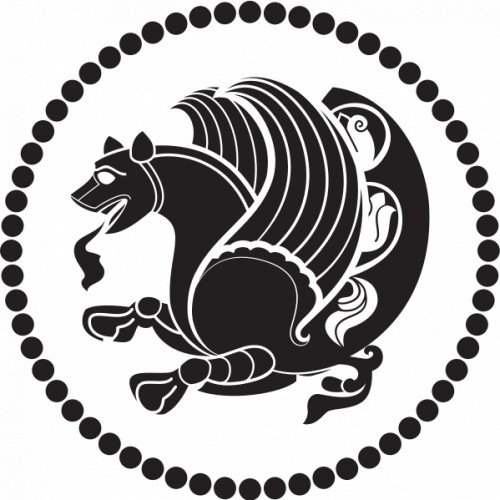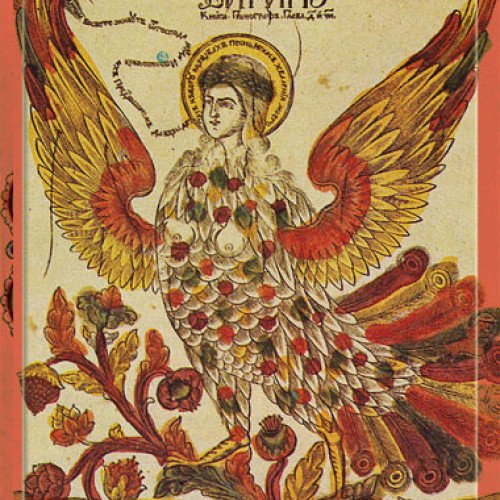Vote on Mythical creatures: Simurgh vs Sirin

Simurgh
Simurgh (; Persian: سيمرغ, also spelled simorgh, simorg, simurg, simoorg, simorq or simourv) is a benevolent, mythical bird in Iranian mythology and literature. It is sometimes equated with other mythological birds such as a "phoenix" (Persian: ققنوس quqnūs) and humā (Persian: هما). The figure can be found in all periods of Iranian art and literature and is also evident in the iconography of Azerbaijan, Georgia, medieval Armenia, the Eastern Roman Empire, and other regions that were within the realm of Persian cultural influence.
Statistics for this Xoptio

Sirin
Sirin is a mythological creature of Russian legends, with the head and chest of a beautiful woman and the body of a bird (usually an owl). According to myth, the Sirin lived in Vyraj or around the Euphrates River.This half-woman half-bird is directly based on the Greek myths and later folklore about sirens. She was usually portrayed wearing a crown or with a nimbus. Sirin sang beautiful songs to the saints, foretelling future blisses. The bird was dangerous. Men who heard her would forget everything on earth, follow her, and ultimately die. People would attempt to save themselves from Sirin by shooting cannons, ringing bells and making other loud noises to scare the bird off. Later (17-18th century), the image of Sirin changed and she started to symbolize world harmony (as she lives near paradise). People in those times believed only happy people could hear a Sirin, while only very few could see one because she is as fast and difficult to catch as human happiness. She symbolizes eternal joy and heavenly happiness.According to folk tales, at the morning of the Apple Feast of the Saviour day, Sirin flies into the apple orchard and cries sadly. In the afternoon, the Alkonost flies to this place, beginning to rejoice and laugh. Alkonost brushes dew from her wings, granting healing powers to all fruits on the tree she is sitting on.The legend of Sirin might have been introduced to Rus' by Persian merchants in the 8th-9th century. In the cities of Chersonesos and Kiev she is often found on pottery, golden pendants, even on the borders of Gospel books of tenth-twelfth centuries. Furthermore, Sirin is connected to the Greek Siren. Due to the history, the Russian culture has experienced a very strong correlation with Greek culture and Byzantine Empire through its steppes, the Volga river and Dniepr river. Pomors often depicted Sirin on the illustrations in the Book of Genesis as birds sitting in paradise trees.Sometimes Sirin is seen as a metaphor for God's word going into the soul of a man. Sometimes she is seen as a metaphor of heretics tempting the weak. Sometimes Sirin was considered equivalent to the Polish Wila. In Russian folklore, Sirin was mixed with the revered religious writer Saint Ephrem the Syrian. Thus, peasant lyrists such as Nikolay Klyuev often used Sirin as a synonym for poet.